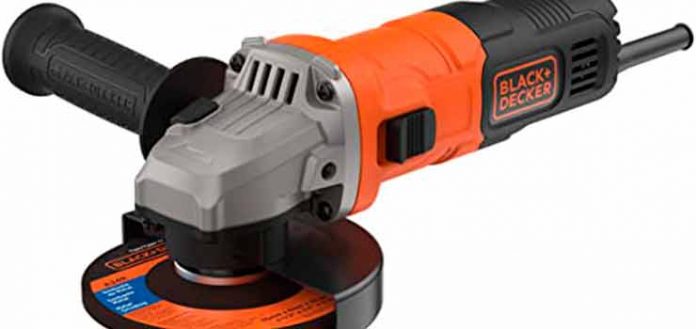
We will dedicate this article to a tool almost as versatile as the drill. This is the radial, also known as a grinder.
This power tool has a wide field of use both in industry, in the professional field, as well as in DIY.
Therefore, below we will see what it is, what it is for, as well as safety tips for its use.
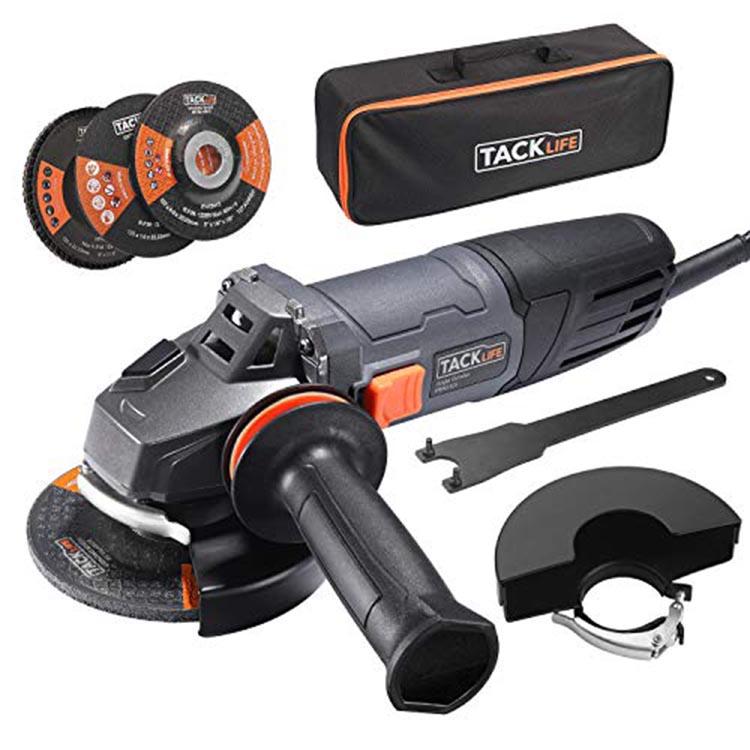
If you are thinking of purchasing a new grinder, you can visit the website grinder.es, since they have a fairly wide selection and made with very good criteria.
what is a radio
A radial, or grinder, is a power tool, either corded or battery-powered, that you use on a portable basis.
It is made up of a high-power electric motor. In the case of angular radials, the motor is connected by reduction gears. Or, in the case of straight radials, it goes directly to the motor shaft.
The cutting or roughing disc is attached to the end of the motor shaft.
Depending on the task or, rather, the material to be worked on, we will have to choose the appropriate disc.
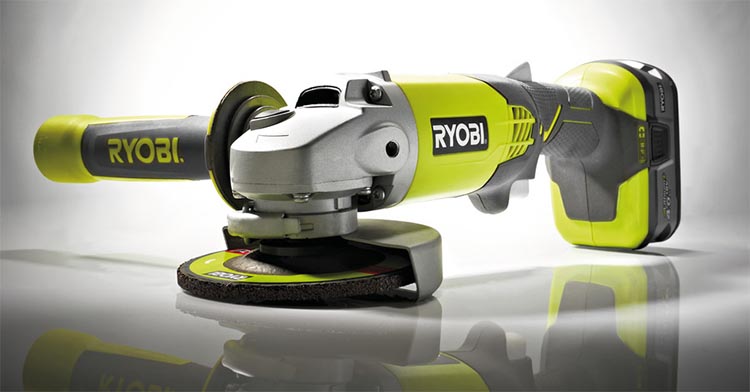
What is a radio for?
As I indicated at the beginning of this article, the strengths of this tool are its power and versatility.
The radial is suitable for a large number of jobs, both in the professional field and in the DIY field.
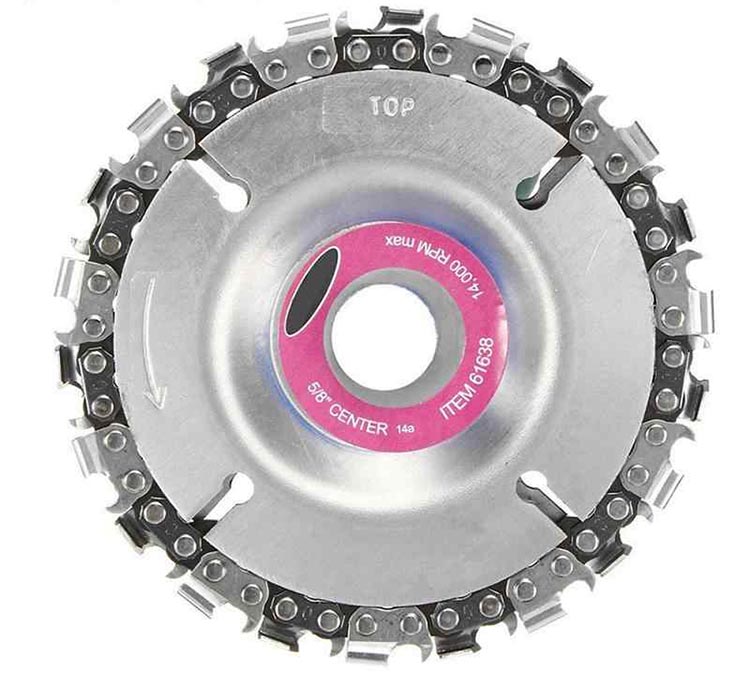
Proof of this is not only the cutting of all kinds of materials, such as ceramics, natural stone, construction materials, ferrous materials, etc, but also the roughing and polishing of materials.
These are the traditional uses. But, thanks to the wide variety of accessories that are currently available, the radial can be used for other types of work. For example, artistic wood carving is possible, thanks to the chain disc.
There are also kits to transform the radial into a chainsaw.
We only have to choose the necessary disk or accessory.
Radial Types
Focusing on angular radials, we can distinguish between two types.
Radial or Grinder
These are usually larger than the following, mounting discs that are normally 230mm in diameter.
Its power is also higher than that of mini grinders, reaching 2,000 and 2,600W.
mini grinder
The mini grinders are much smaller and lighter than the previous ones, with 115mm or 125mm diameter discs.
Its power is also usually lower, usually between 500 and 1,500W.
The former are usually intended for more intensive and hard work. Instead, for more precise and fine work, small ones are usually used.
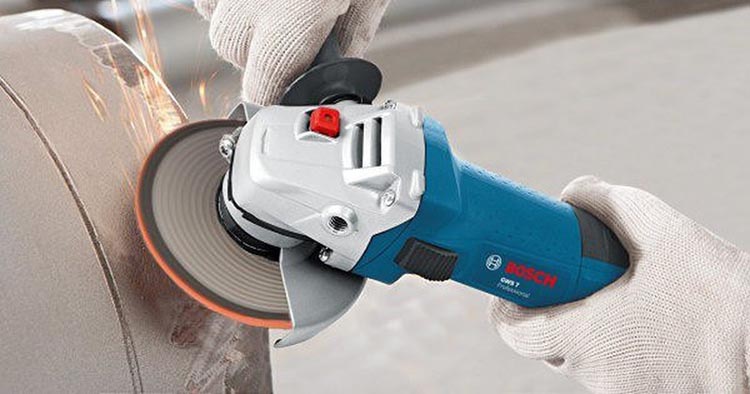
disc types
The most used discs, depending on the material and the purpose sought, can be the following:
abrasive discs
Some are intended for cutting ferrous materials, others for roughing this type of material, and third parties for cutting construction material, such as brick, concrete, stone,…
Both types are duly marked and differentiated.
diamond blades
They are usually intended for intensive cutting in very hard materials.
There are dry cut-off wheels, and water-cooled cut-off wheels.
Depending on their rim shape, there are continuous, segmented, and turbo rims.
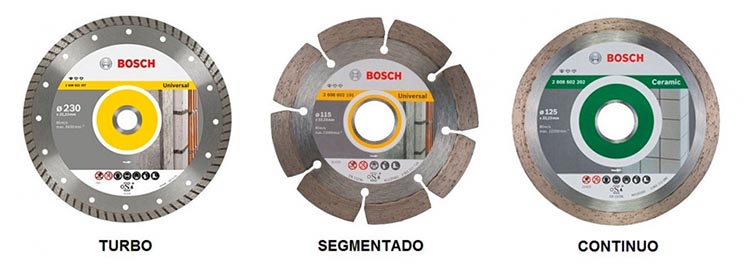
Security measures for the use of the Radial
Statistics show the chilling result that 80% of accidents caused by the use of the radial are due to misuse of the tool or its accessories.
Therefore, we will see the main aspects to take into account, to avoid possible accidents.
- Use the correct shaft diameter.
- Use the correct disc diameter.
- The RPM speed of the disk must be equal to or greater than what appears on the machine.
- Always work with the metal protector mounted on the radial.
- Mount the drive with the machine unplugged.
- Always use protective equipment: suitable clothing, mask, glasses, hearing protector and gloves.
- We must secure the piece to be cut well, so that it does not move during the cut.
- When connecting the radial, we must let it work without load for at least 30 seconds. In this way we make sure that the disk works correctly.
- Always hold the tool with both hands.
- The cut should be straight, with a gentle rocking back and forth.
- We should only release the radial when the disk is completely stopped.
- At the time of finishing the work and for disc changes, we must unplug it from the power outlet.
- We must not use discs for a use other than that for which it is designed. For example, use a cut-off wheel for roughing.
.



